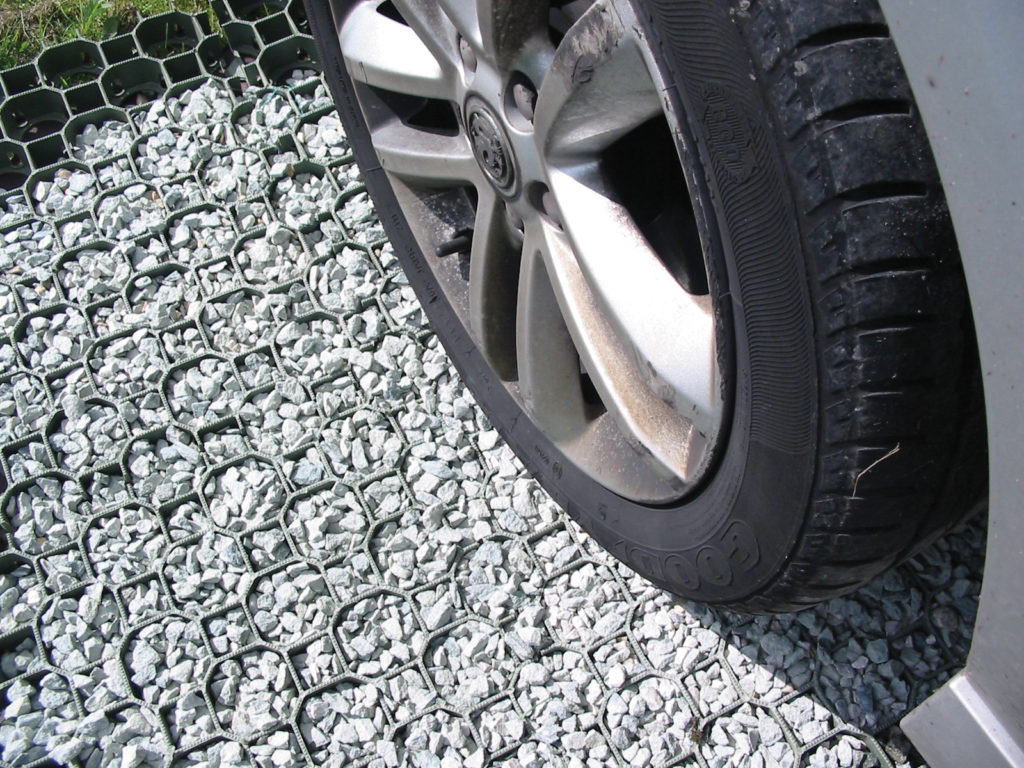Driveway grids are aplenty but there’s a mix in quality and it’s difficult to comprehend which to buy. Whether you will need the grid for your driveway at home or for your business, it’s imperative that you select the correct one. If you don’t, there’s the opportunity the ground reinforcement solution won’t have the ability to bear the correct weight, for example.
This extremely swift guide offers benefits of using plastic grid for your private or commercial driveway.
Benefits of our plastic driveway grids They require no planning permission It can be used as part of a sustainable urban drainage system They’re easy to install It’s chemically inert It’s rot-resistant It could support the weight of commercial vehicles Could be used for a variety of applications, including emergency access routes and even helicopter landing pads
Plastic grid pavers, also called grass pavers, gravel pavers, and reinforced turf, are a type of open-cell unit paver, the cells of which are filled with soil and planted with turf. They distribute the weight of traffic preventing compression of the underlying soil. 1 They could be filled up with either gravel or soil and grass, with the former being an improved choice to get more commonly used areas. These pavers are constructed mostly from recycled plastic materials. Plastic grid pavers are available in the proper execution of interlocking blocks or in rolls. Because of their flexibility, plastic grid pavers can be utilized on sites with uneven terrain, but they don’t have just as much intrinsic strength as concrete pavers. They don’t require drains, detention or retention ponds, or any other associated drainage facility. Grass pavers can improve site appearance by giving vegetation where there would otherwise be only pavement.
Plastic grid pavers are recommended for use in: • Parking areas • Residential driveways • Fire lanes and emergency access roads • Golf cart paths • Sidewalks • Bike paths There’s also plastic grid paver products that can be utilized for temporary soil stabilization during construction such as NDS Tuff-track
Plastic grid pavers will reap the benefits of seasonal inspections to spot-check for issues, and the ones filled with gravel or stone might need the aggregate replenished sometimes. Grid pavers planted with turf should be maintained like a lawn, with regular mowing and watering. Manufacturers usually supply advice for product maintenance, however the following maintenance recommendations are generally true: • Periodically reseed to complete bare dots of grass pavers • Periodically add gravel to gravel pavers • Attach rollers to the bottom edge of an snowplow to avoid catching of edges of plastic grid pavers • Don’t allow huge amounts of runoff from adjacent impervious surfaces onto grass or gravel paved areas as this might result in clogging • Do not aerate turf as this will damage the pavers
